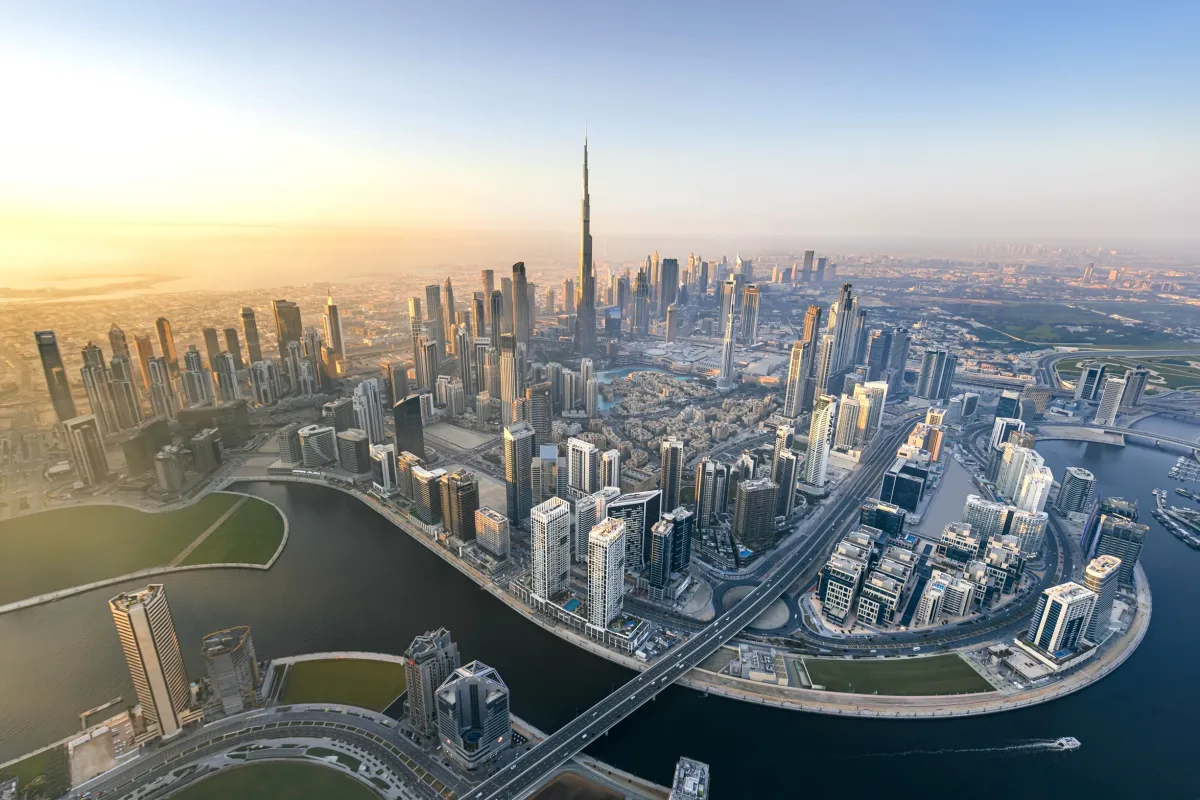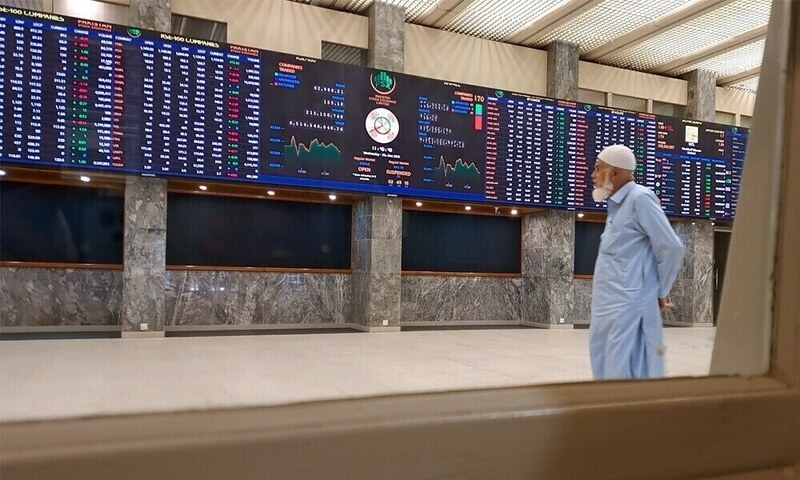By Editor
Copyright dubaichronicle

The UAE Property Market demonstrated strong resilience and dynamic growth in the second quarter of 2025, underpinned by robust activity across residential, office, retail, industrial, and hospitality sectors. According to the latest JLL report, Dubai and Abu Dhabi continued to attract global investors, tenants, and developers, balancing demand with upcoming supply while adapting to evolving consumer and business trends.
Residential Momentum Driving Investment Confidence
The residential market in Dubai and Abu Dhabi set the tone for Q2 2025 with buoyant activity. Dubai’s total sales transaction value reached AED 153.7 billion, a 44.5% increase year-on-year, largely driven by off-plan launches. Sales volumes rose 22.8%, highlighting continued investor appetite. Secondary sales also expanded by 17.1%, confirming that confidence is not restricted to new projects alone.
Abu Dhabi mirrored this optimism, with overall transaction volumes up 9.1% compared to Q2 2024. Secondary sales grew by 32.6%, offsetting a slight dip in off-plan activity. Sales prices also climbed: in Dubai, apartments averaged AED 1,769 per sq. ft (+13.3% YoY), while villas surged to AED 2,200 per sq. ft (+16% YoY). Abu Dhabi recorded similar strength, with apartments and villas appreciating by 14.4% and 11.1% respectively
This robust residential performance supports the wider UAE Property Market, as rising population and investor inflows create spillover demand for offices, retail, and industrial assets.
Office Market: Tight Vacancies and Rising Rents
The UAE’s office sector continues to favor landlords due to restricted Grade A availability and strong occupier demand. In Abu Dhabi, vacancy rates fell to just 1.5% citywide, with prime spaces nearly fully occupied at 0.1%. Dubai reported a citywide vacancy of 7.7%, with the prime segment at an ultra-tight 0.3%
Such scarcity has driven rents higher. Abu Dhabi’s prime office rents soared 31.5% year-on-year to AED 2,905 per sq. m, while Grade A and B properties saw steady gains. Dubai followed a similar path, with prime rents rising 17.3% to AED 359 per sq. ft. The widening rent gap between prime and secondary stock highlights the premium attached to top-tier spaces, especially in financial hubs like DIFC.
With limited Grade A stock expected until 2026 in Abu Dhabi and 2027 in Dubai, landlords retain strong negotiating power, making the office sector one of the most competitive elements of the UAE Property Market.
Retail: Shifting Preferences and Rising Prime Rents
Retail activity remained solid, particularly in Dubai, where rental contract registrations rose 9% compared to last year. Renewals led growth (+11.9%), reflecting tenants’ preference to stay in proven high-footfall locations. Abu Dhabi, however, recorded a 12.1% decline in new registrations, as retailers chose renewals amid constrained supply.
Prime malls in Dubai outperformed with vacancy rates as low as 3.1%, while secondary malls struggled with higher vacancies above 9%. Rental rates at prime malls surged 15.1% year-on-year to AED 826 per sq. ft, reflecting strong consumer demand and the city’s global retail magnetism
At the same time, new dynamics are reshaping retail. E-commerce brands are opening physical stores for experiential shopping and micro-fulfillment, while F&B continues to shift toward casual and upper-casual dining. These trends highlight how the UAE Property Market adapts to evolving consumer expectations.
Industrial: Logistics and Warehousing at Full Capacity
The industrial segment is among the strongest-performing pillars of the UAE’s property market. Both Abu Dhabi and Dubai saw significant rental growth in Q2 2025. Warehouse rents in Abu Dhabi jumped 22.4% to AED 470 per sq. m, with premium KEZAD facilities reaching AED 500. In Dubai, warehouse rents climbed 19.2% to AED 46 per sq. ft, with Al Quoz leading at AED 65 per sq. ft
Demand continues to exceed supply in industrial hubs such as JAFZA, Dubai South, and DIP, creating waitlists for tenants. Developers are responding with new projects, supported by government industrial strategies that enhance infrastructure and attract international firms. With occupancy nearing full capacity across key zones, the industrial real estate market is expected to see sustained expansion and strong returns.
Hospitality: Strong Growth Despite Low Season
Traditionally a slower period, Q2 2025 proved resilient for UAE hospitality. Dubai welcomed 9.88 million visitors in the first half of the year, up 6.1% annually. Occupancy in Dubai hotels rose to 81.4%, while ADR (Average Daily Rate) increased 5.5% to AED 754, the highest in the country. Abu Dhabi’s ADR rose an impressive 22.7%, supported by diversification in visitor markets and improved quality of offerings
New luxury and beachfront properties enabled operators to charge premium rates, while older stock faced challenges. The announcement of a Disney-branded theme park in Abu Dhabi is expected to bolster long-term demand and reinforce the emirate’s position as a global leisure hub.
Outlook: A Balanced, Sustainable Future
Looking ahead, the UAE Property Market is expected to continue on its growth trajectory while gradually moving toward equilibrium. In residential, price moderation is likely as supply catches up with demand. Offices will remain landlord-favored due to scarce Grade A stock, while retail will be increasingly shaped by consumer experience and F&B trends. Industrial markets are set for long-term expansion as logistics and warehousing demand stays elevated, while hospitality will benefit from continued tourism diversification and mega-projects.
Overall, Q2 2025 confirms the UAE’s reputation as one of the world’s most dynamic and resilient property markets, offering investors a diverse range of opportunities across asset classes.



